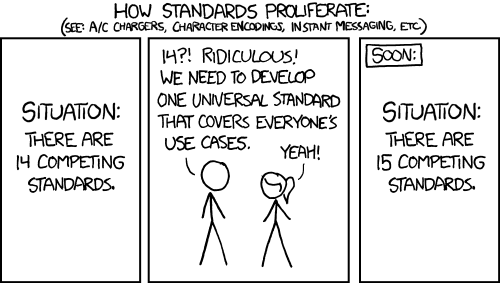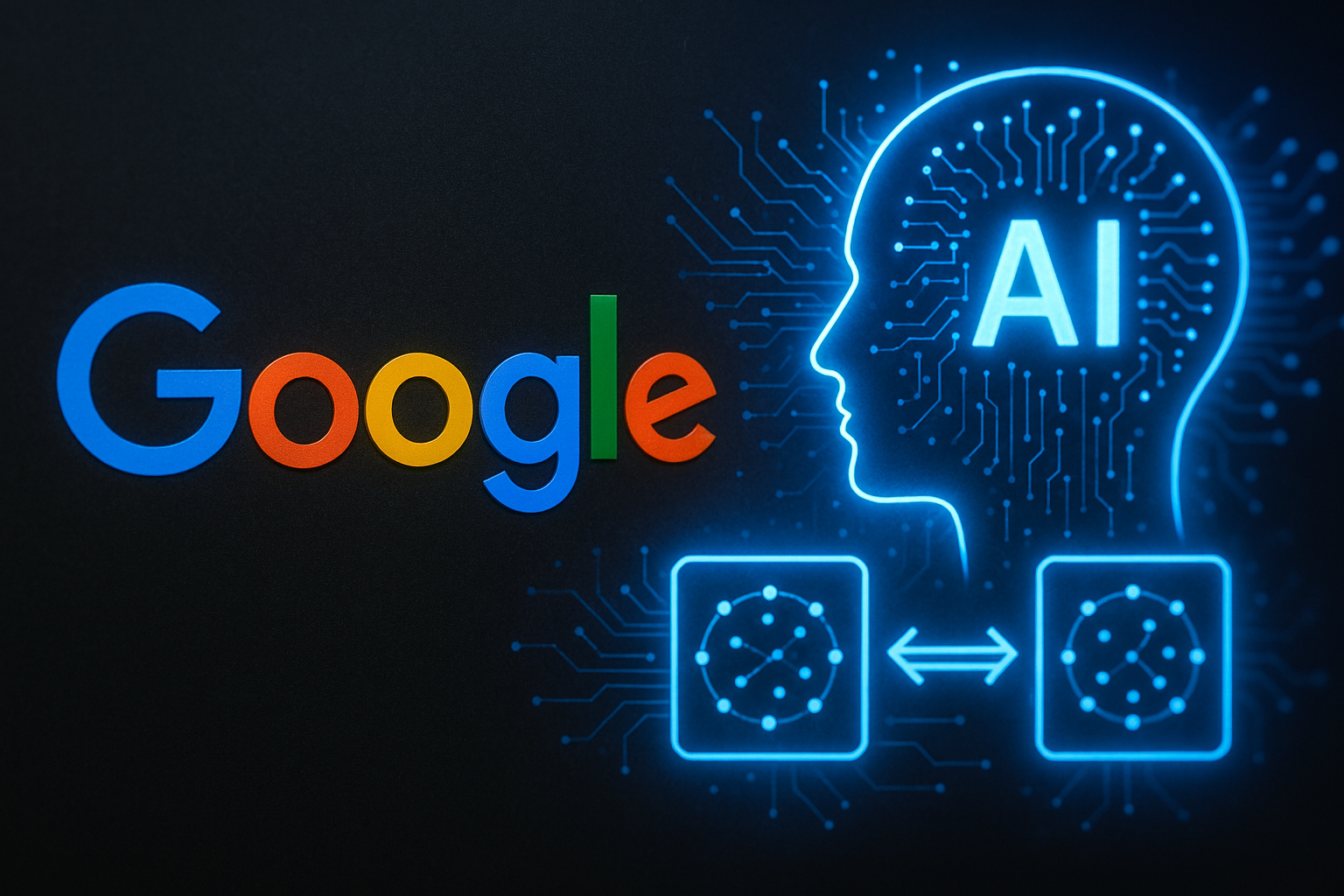In the rapidly evolving landscape of AI protocols, Google recently introduced the Agent-to-Agent (A2A) protocol, positioning it as a standardized way for AI agents to communicate with each other. However, after examining A2A in detail, I believe it represents an unnecessary addition to the ecosystem, especially when we already have the more elegant and comprehensive Model Context Protocol (MCP).
Understanding the Landscape: MCP vs. A2A
Before diving into why A2A doesn’t make sense, let’s understand what these protocols aim to do:
-
Model Context Protocol (MCP): A standardized way for applications to provide context and tools to language models, allowing models to interact with application capabilities like file systems, databases, or external APIs.
-
Agent-to-Agent (A2A) Protocol: Google’s new protocol designed specifically for communication between AI agents, focusing on standardizing how agents discover and call each other.
At first glance, these might seem complementary, but a closer examination reveals significant overlap and unnecessarily duplicated functionality.
MCP Already Covers Agent-to-Agent Communication
The most compelling argument against A2A is that MCP already provides all the necessary mechanisms for agent-to-agent communication. Here’s how:
Tools as Agents in MCP
MCP’s tool system is powerful and flexible enough to encapsulate agent functionality. An agent can simply be represented as a tool that:
- Takes a specific input (the user’s request or another agent’s query)
- Processes that input using its own capabilities
- Returns a structured response
Here’s a conceptual example of how an agent can be represented as an MCP tool:
{
"name": "research_agent",
"description": "Agent that performs in-depth research on a given topic",
"parameters": {
"properties": {
"topic": {
"type": "string",
"description": "The topic to research"
},
"depth": {
"type": "integer",
"description": "How deeply to research (1-5)"
}
},
"required": ["topic"]
}
}
When this tool is called, it invokes an agent that performs the research task. The agent might use other tools internally, but from the caller’s perspective, it’s just another tool.
MCP’s Streaming Capabilities
One might argue that agent communication needs streaming capabilities for continuous interaction, but MCP has this covered too. MCP supports streaming tool calls, which enables:
- Progressive responses as an agent works
- Bidirectional communication during execution
- Real-time feedback and adjustments
This eliminates any need for a separate protocol just for agent communication.
Multi-Turn Conversations
Another common argument for A2A is its support for multi-turn conversations between agents. However, MCP handles this elegantly as well. Since language models inherently maintain conversation context, MCP can support complex multi-turn interactions by:
- Using properly structured input schemas
- Letting the LLM manage conversation state
- Storing additional context in the tool’s response
LLMs have natural ability to handle conversational context while using standard MCP tools. No specialized protocol is needed.
A2A Introduces Unnecessary Complexity
While A2A tries to solve the agent communication problem, it actually introduces several complications:
Protocol Fragmentation
By introducing a new protocol alongside MCP, Google is fragmenting the ecosystem. Developers now need to:
- Learn and implement two separate protocols
- Maintain compatibility with both
- Map between them when systems using different protocols need to interact
This type of fragmentation slows adoption and creates barriers to interoperability.
Increased Implementation Burden
With A2A, developers face additional work:
- Implementing a separate agent communication layer
- Managing state across two protocols
- Handling edge cases between protocols
Statelessness vs. Long-Running Tasks
One argument often made in favor of A2A is its handling of long-running tasks through stateful agent connections. Proponents might point out that MCP is fundamentally a stateless protocol, while A2A is designed with statefulness in mind.
However, this argument misses an important distinction: while the MCP protocol itself is stateless, MCP servers can be fully stateful. For example:
- A database MCP server maintains its connection state and transaction context
- A file system MCP server can remember the last accessed directory
- A search MCP server can maintain search sessions and contextualize results
MCP’s tool system can easily handle long-running tasks by:
- Initiating a task with an initial tool call
- Returning a task ID or reference with a tool call
The simplicity of this approach - using standard tool calls to manage long-running operations - is elegant and requires no additional protocol. The MCP server handles all the state management internally, presenting a clean interface to the model.
The Only Advantage: Discovery
I’ll concede that A2A has one interesting feature: its approach to agent discovery. A2A provides a standardized way for agents to discover each other’s capabilities, which can streamline complex multi-agent setups.
However, this advantage is minor compared to the drawbacks, and could easily be added to MCP as an extension rather than requiring an entirely new protocol.
Note: I also like the port number A2A uses: 41241. It’s actually means “AI to AI”
What Should Google Have Done Instead?
Rather than creating an entirely new protocol, Google could have:
- Contributed to the existing MCP standard
- Extended MCP with additional discovery capabilities
- Created compatibility layers between their internal agent systems and MCP
This approach would have strengthened the ecosystem rather than fragmenting it.
What’s particularly interesting is that both protocols are built on JSON-RPC. This shared foundation makes the duplication even more perplexing - MCP could easily be extended to incorporate any useful features from A2A through minor specification additions. There’s no technical reason why agent discovery and other A2A concepts couldn’t be standardized as MCP extensions, rather than creating an entirely new protocol stack.
Conclusion
While Google’s A2A protocol might have been created with good intentions, it represents an unnecessary addition to the AI protocol ecosystem. The Model Context Protocol already provides an elegant, comprehensive solution for agent communication through its flexible tool system and streaming capabilities.

My recommendation to developers: Focus on building with MCP, which has already gained significant adoption across the industry. The simplicity and flexibility of MCP make it the more sensible choice for both direct LLM interactions and agent-to-agent communication.
As we continue to develop the AI protocol ecosystem, we should prioritize unification and simplicity over fragmentation and duplication. MCP has proven itself capable of handling the full spectrum of model-application interactions, including those between agents.
I should note that this analysis represents my current thinking on the matter. The AI protocol landscape is evolving rapidly, and I remain open to changing my perspective as both protocols mature. However, as of now, I remain unconvinced that A2A offers enough unique value to justify its existence as a separate protocol when MCP already handles these use cases so elegantly.
This article was proofread and edited with AI assistance.





